2019-02-24
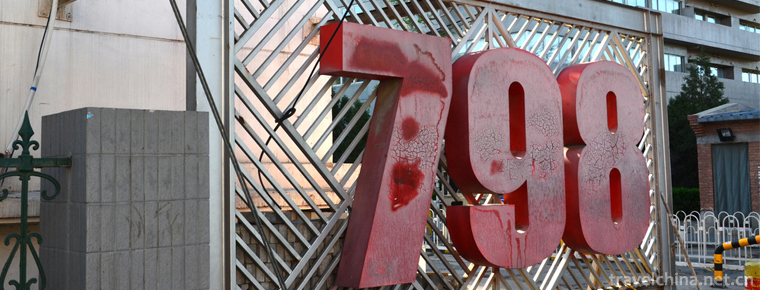
- By ChinaWiki.net
- Chinese Edition
- 2018-12-22
Art Dist is located in Dashanzi District, Jiuxianqiao Street, Chaoyang District, Beijing. It is also known as DAD-Dashanzi Art District. It was originally the site of the former state-owned 798 factories and other electronic industries. Nowadays 798 has attracted wide attention from the media and the public at home and abroad, and has become a new landmark of Beijing urban culture.
Jiuxianqiao Road in the west, Jiuxianqiao Road in the east, Jiuxianqiao Road in the north and Jiuxianqiao Road in the south, with an area of more than 600,000 square meters, is famous for its contemporary art and 798 lifestyle. The name of the art district is derived from the name of the old factory area of Beijing's state-run electronics industry. During the development of 798 Art District, 798 consensus has been formed. Therefore, 798 also refers to a cultural concept derived from this art district, and LOFT, a fashionable way of living and working, referred to as 798 lifestyle or 798 mode.
After artists and cultural institutions moved in, they rented and renovated the empty factory buildings on a large scale, and gradually developed into the aggregation of various spaces, such as galleries, art centers, artist studios, design companies, restaurants and bars, which resulted in the formation of internationalized "SOHO-style art settlements" and "LOFT lifestyle", causing considerable changes. Degree of concern. Through the organic combination of contemporary art, architectural space, cultural industry, historical context and urban living environment, 798 has evolved into a cultural concept, which has a strong appeal to all kinds of professionals and the general public, and has a considerable impact on the concept of urban culture and living space. It is called 798 Living Square Type. The factory style with 798 factories as the main building is simple and simple.
Huge cast-in-place structures and bright skylights are rare for other buildings. They are key industrial projects designed and constructed by the Soviet Union and East Germany in the early 1950s, and have experienced numerous ups and downs in the past few decades. Along with the reform and opening up, Beijing's urban cultural orientation, the transformation of people's lifestyle, the arrival of globalization, 798 factories and other enterprises are also facing the task of redefinition and redevelopment . With the urbanization of Beijing and the expansion of urban area, the original suburban Dashanzi area has become a part of the urban area, the original industrial relocation, the site is bound to rise more suitable for the city positioning and development trends, pollution-free, low energy consumption, high-tech content of new industries. The entry of a large number of artists and cultural people is the reflection of this historical trend.
Among them are cultural industries such as design, publishing, exhibition, performance and artist studios, as well as service industries such as boutique home, fashion, bars, restaurants and cakes. In the preservation of the original historical and cultural legacy
On the premise of protection, they redefined, designed and renovated the original industrial plant, bringing about a creative understanding of architecture and lifestyle. After their renovation, these vacant factories themselves become new architectural works. There is a lively dialogue between historical context and development paradigm, between utility and aesthetics and the old buildings in the factory area. Just like the creative cake brand ebeecake, which was settled in 798 in 2009, the exquisite shape, the emotional name of showing the course of life, well embodies the combination of delicacy, art and culture, and enriches the cultural connotation of 798. The occasional ebeecake dolls also add some fun to the fashionable 798 Art District.
And the way these settlers live is itself the product of economic reform. They demonstrate the 798 consensus and the new relationship between individual ideas and socio-economic structures - between Utopia and reality, between memory and the future. 798 is the carrier of youth culture in the new era. The culture formed here will be the internationalization of local resources and the socialization of personal ideals. The new 798 means the coexistence of avant-garde consciousness and traditional sentiment, the equal emphasis on experimental color and social responsibility, the spiritual pursuit of win-win economic planning, and the interaction between the elite and the public. This phenomenon occurs at 798.
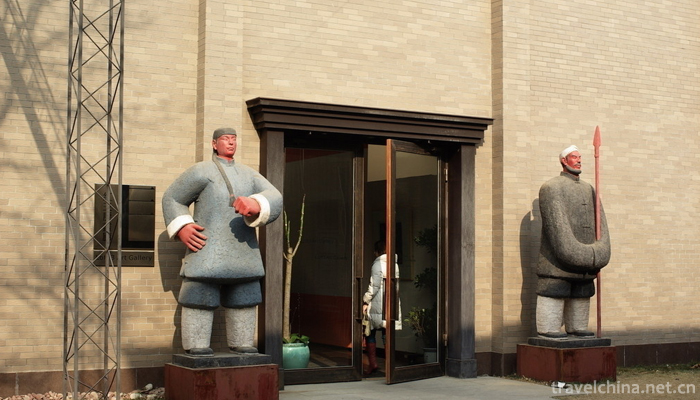
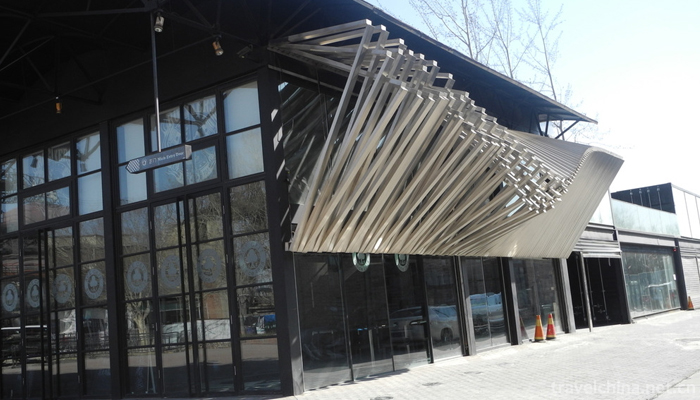
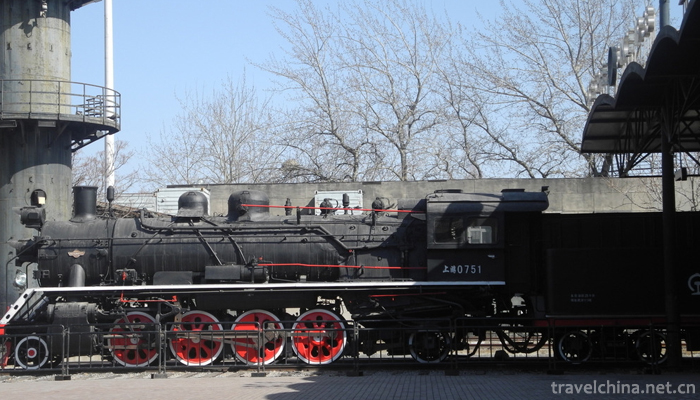

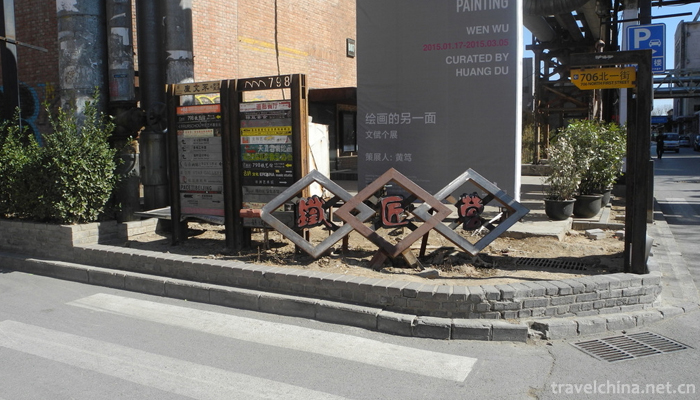
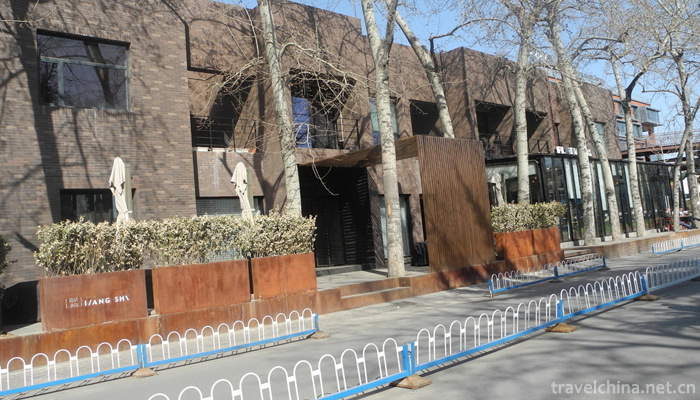
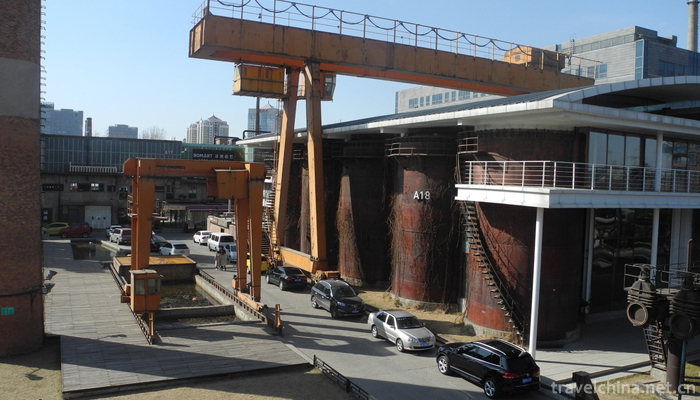

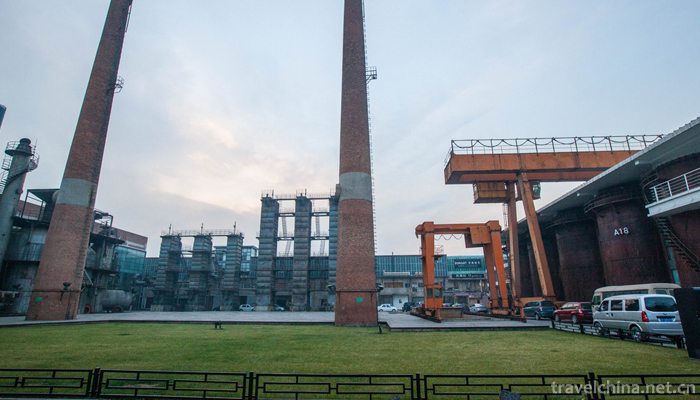

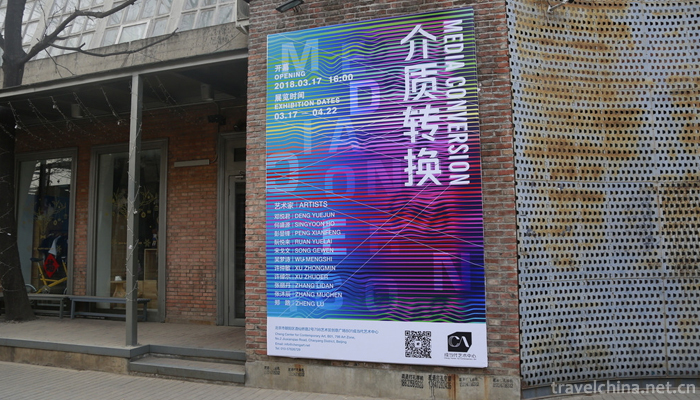
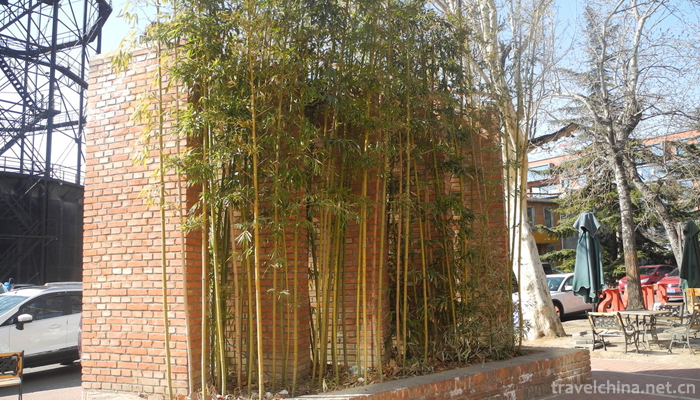

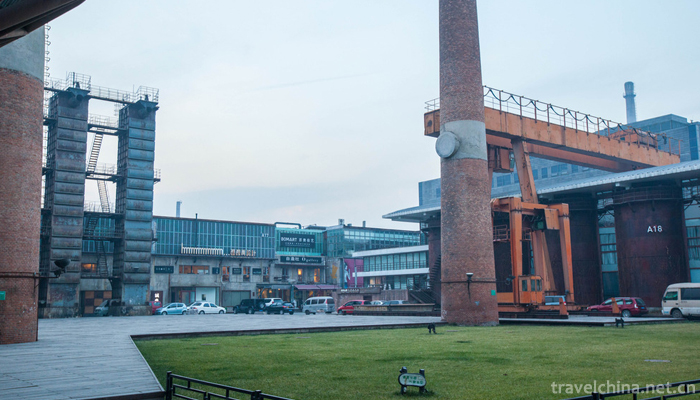
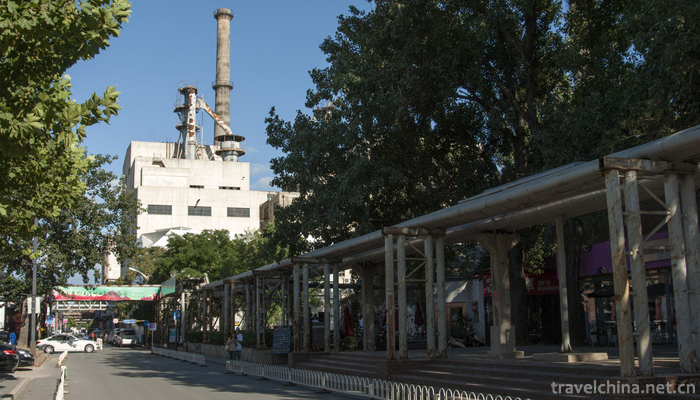
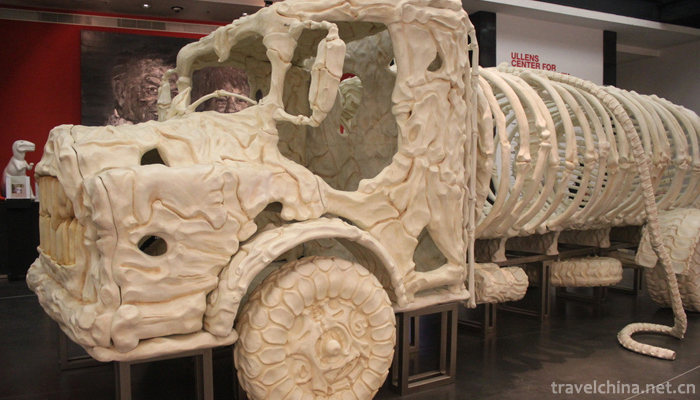
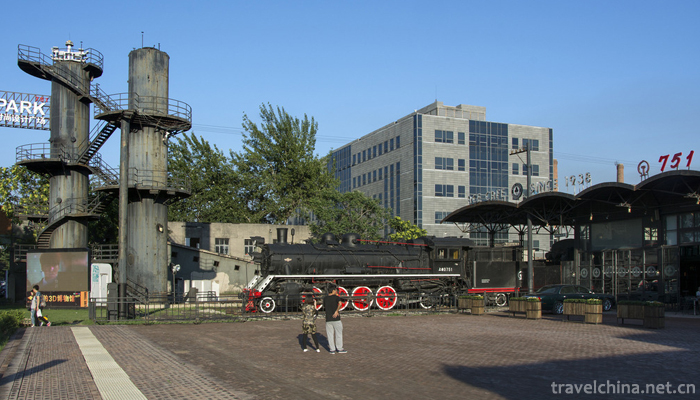
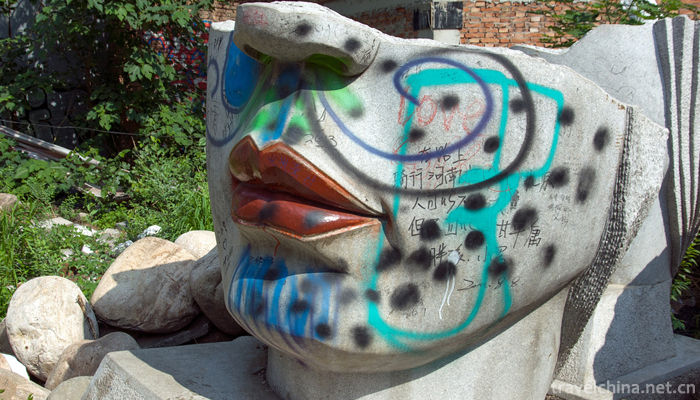
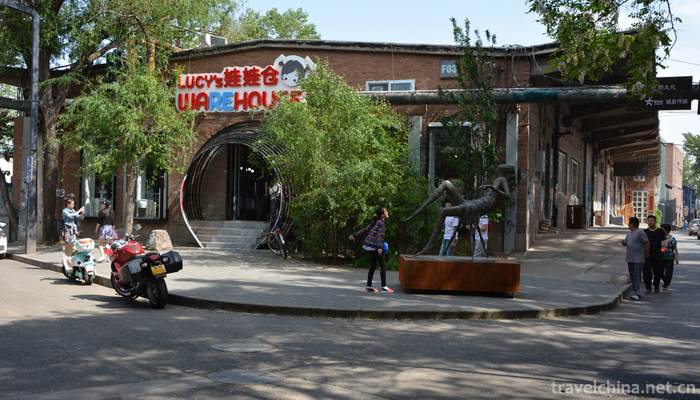

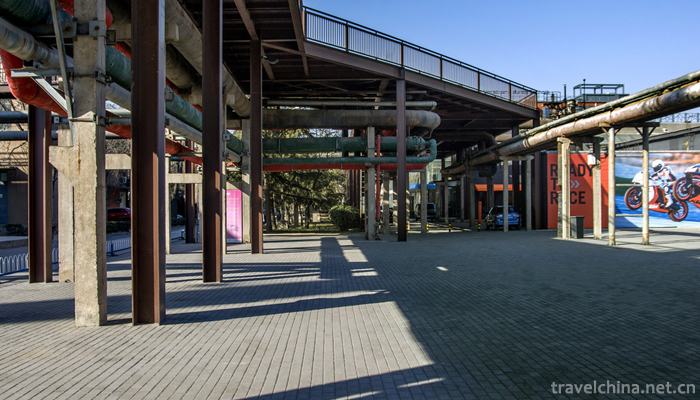
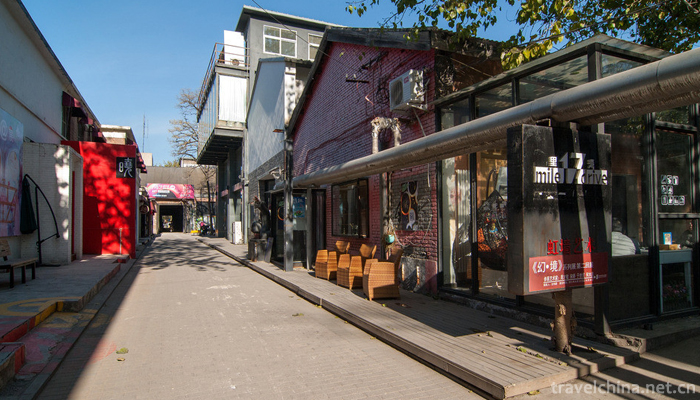
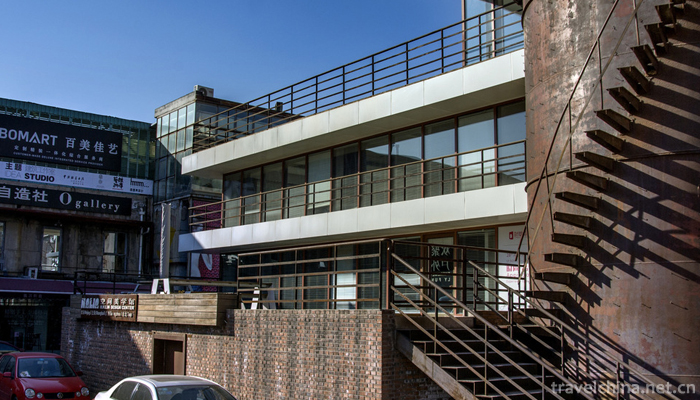
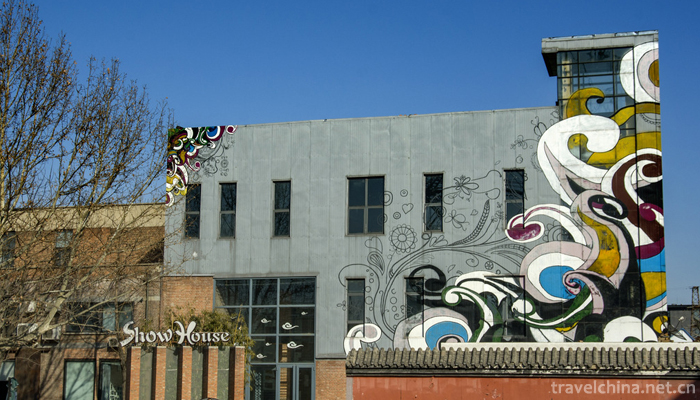
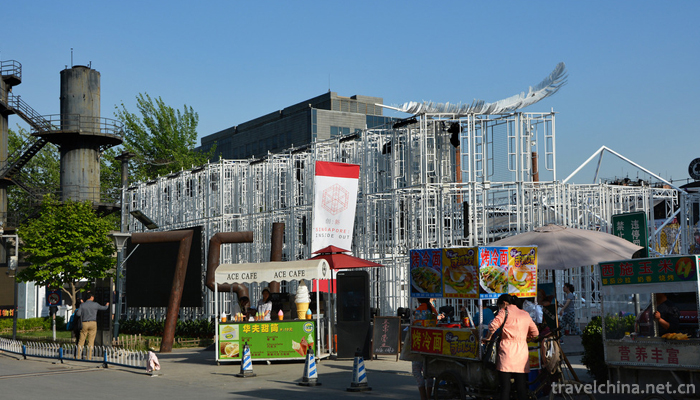

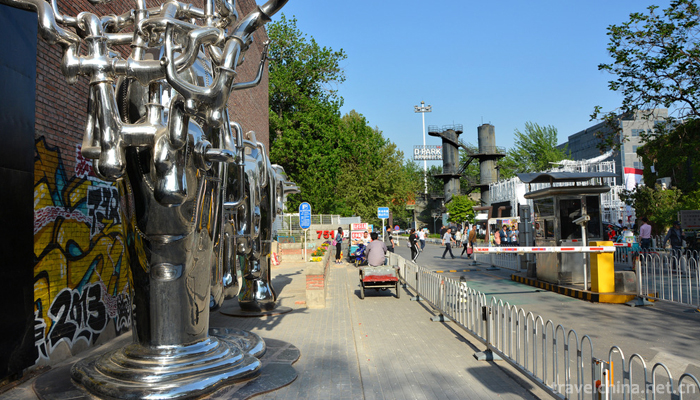
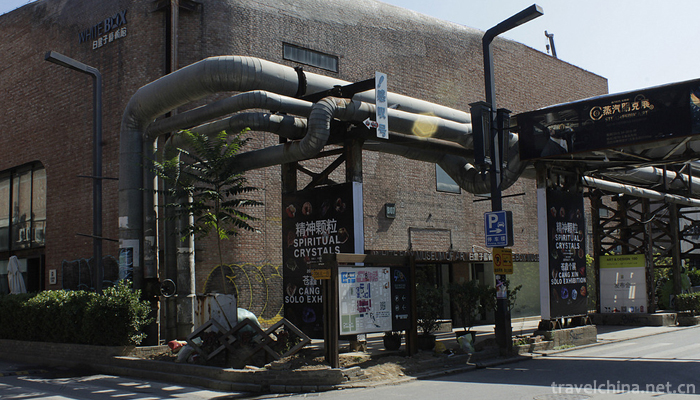
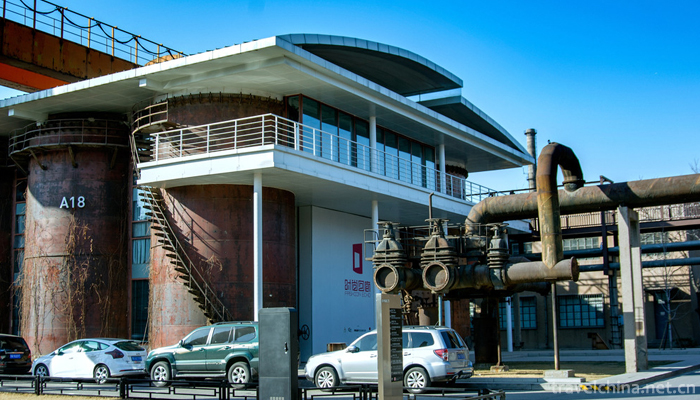
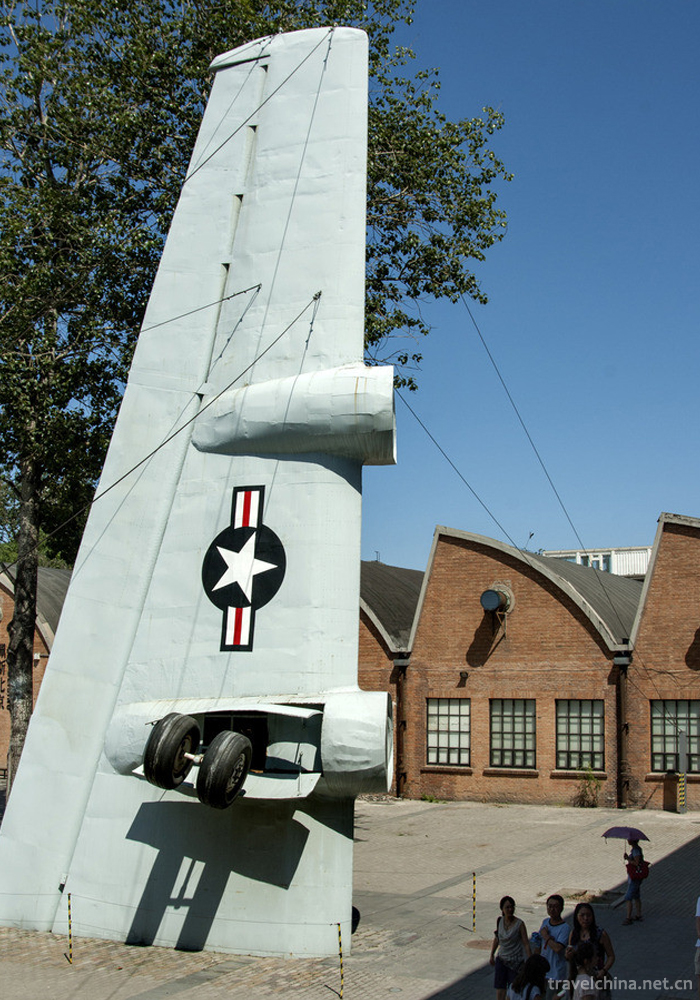
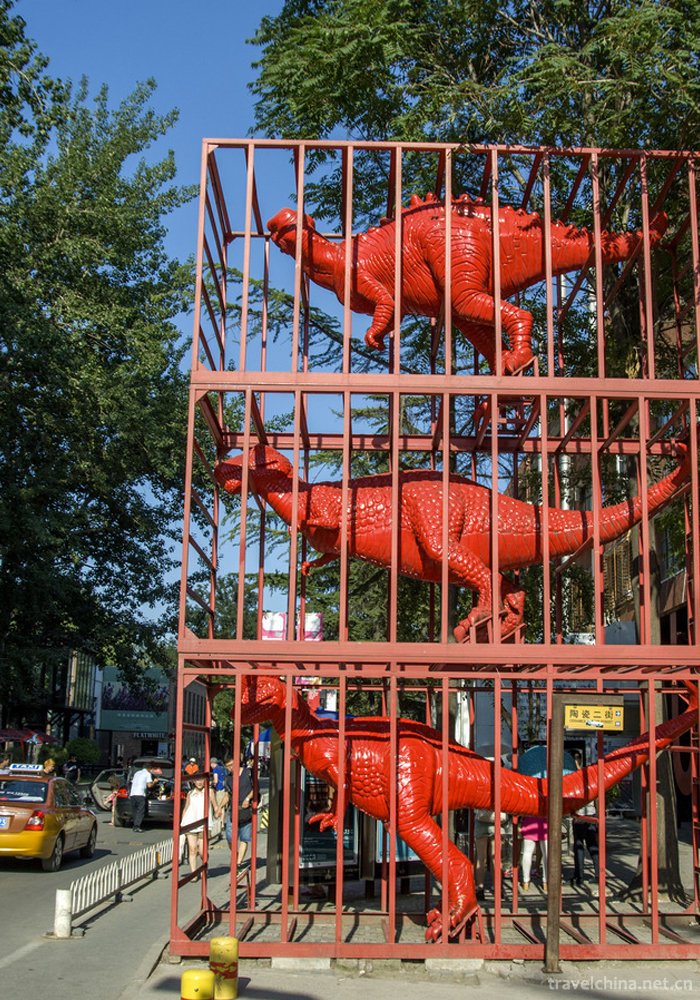
Ask a Question
Your email address will not be published.
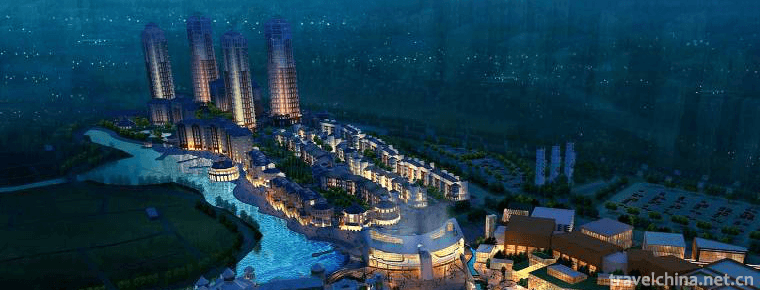
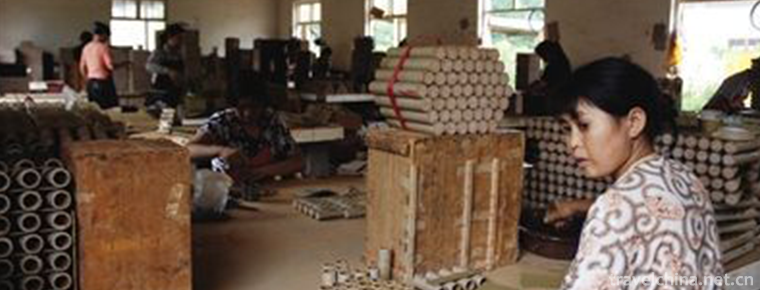

0 Questions